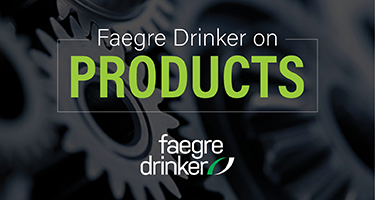Americans love a good scare on Halloween. But, of course – with ancient castles, centuries of folklore, and actual Transylvania, our friends in the European Union know how to celebrate the spooky season just as well as we do. Unfortunately, there’s more than ghost stories to send a shiver down your spine in the EU these days. This month, a joint committee of the European Parliament voted on new amendments to the proposed “digital age” update of the Product Liability Directive, which was initially enacted in the 1980s. On the one hand, the proposal seems like a treat with its efforts to modernize the product liability framework to account for the changing product landscape and to address access issues for consumers. But many European business leaders caution that this is more trick than treat. Among other things, there are concerns that the traditional burden of proof requirements and safeguards on evidentiary disclosures will vanish into thin air. Concerns abound that the proposals won’t benefit consumers or industry, but rather lawyers and litigation funders. Scary stuff, indeed.
You can read more about the proposed revision of the Product Liability Directive here. Now that the draft directive has passed the committee stage, it will be further negotiated and considered by the full European Parliament, which is popularly elected, and the Council of the European Union, which includes representatives of all 27 member states. Both bodies will have to agree on the final text of the Directive before it can be adopted. We will continue to follow this process as it is further considered.
Stay safe out there, boys and ghouls!
The material contained in this communication is informational, general in nature and does not constitute legal advice. The material contained in this communication should not be relied upon or used without consulting a lawyer to consider your specific circumstances. This communication was published on the date specified and may not include any changes in the topics, laws, rules or regulations covered. Receipt of this communication does not establish an attorney-client relationship. In some jurisdictions, this communication may be considered attorney advertising.

